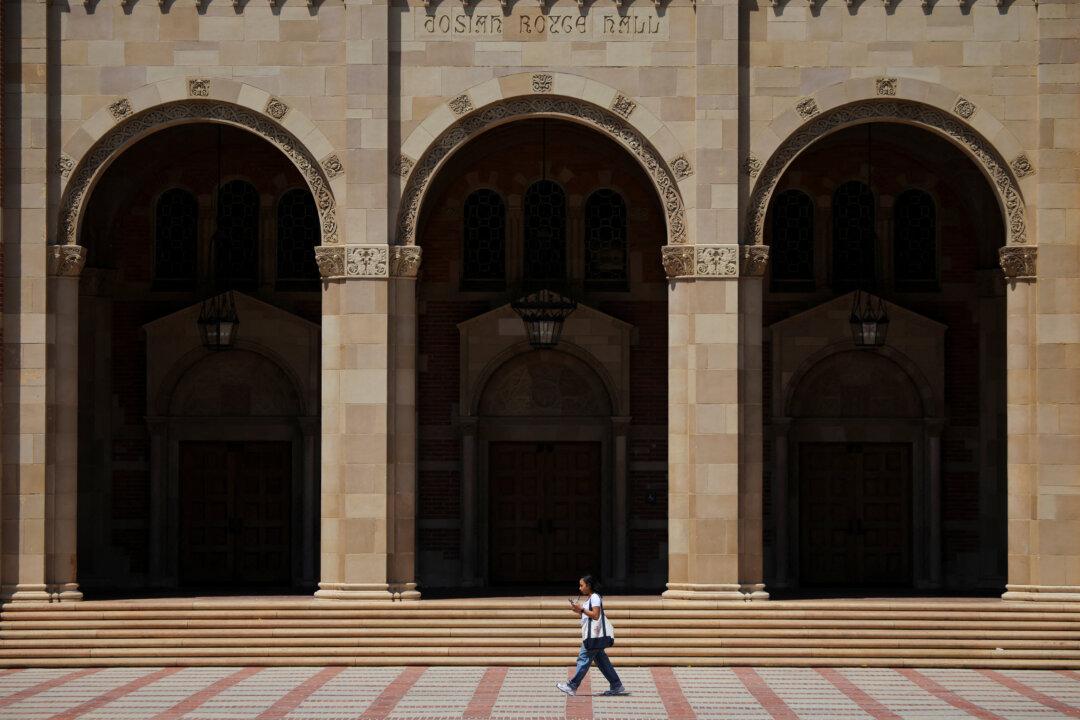Food insecurity has “increased dramatically ” in cash-strapped Sri Lanka, with the number of people requiring life-saving assistance doubling to 3.4 million, the United Nations said on Tuesday.
The U.N. stated that about 6.3 million Sri Lankans face “moderate-to-severe acute” food insecurity due to the country’s poor harvest season and high food inflation, which peaked at 85.6 percent last month.





